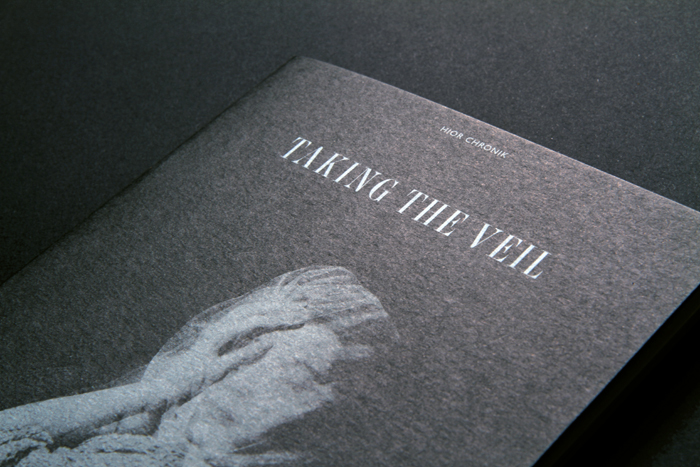
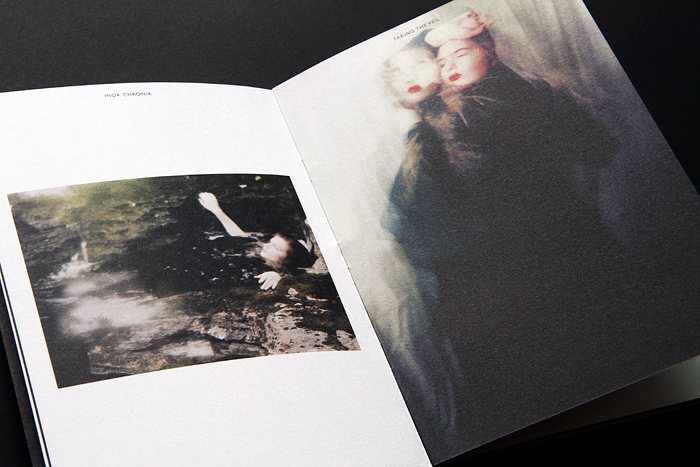

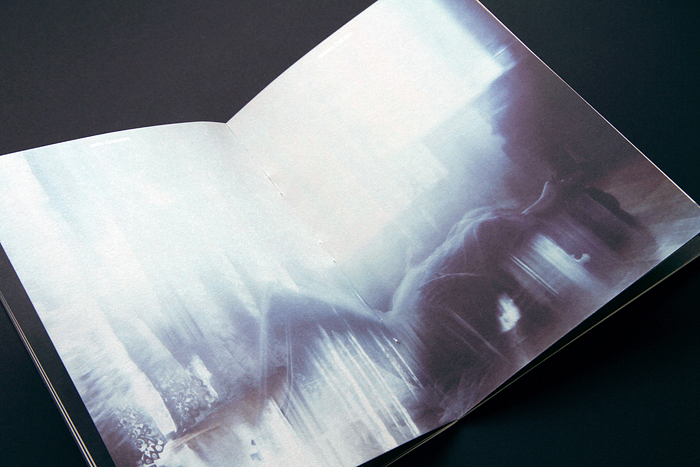
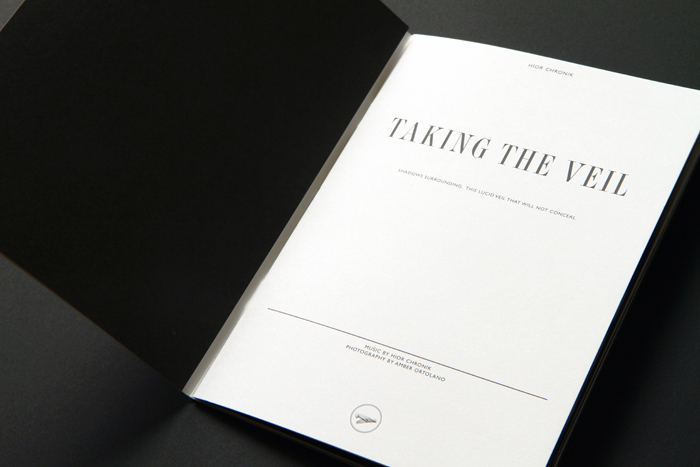
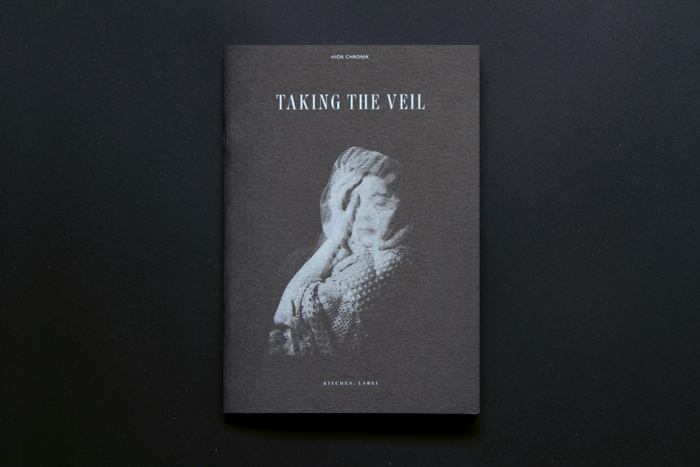
When I first listened to the Arovane & Hior Chronik demo many months ago, two things became clear regarding my understanding of Hior Chronik and his music: One, his touches are minimal but complimentary and powerful. And two, he seems to work extremely well with partners, or in collaboration.
Hior's most powerful work to date and his first 'solo' effort, stays true to those two observations. Taking The Veil, recently released by the esteemed Singapore/Tokyo based Kitchen Label, is a series of collaborations that place Hior's minimal, piano-focused compositions front and center alongside a number of talented partners. Included in the modest yet brimming lineup are: Field Rotation (Denovali Records), Aaron Martin, Sophie Hutchings (Preservation), Luup (Experimedia) and Japanese composers Yasushi Yoshida (noble) and Yoshinori Takezawa (Schole Records).
From such an extensive list of artists, you'd expect an album that spanned many styles as each artist took it upon themselves to shine. But here, the duos are never overly present and the album is a masterpiece in complementing Hior's core talent. Taking the Veil comes off in one fell swoop as an immersive journey into delicate and intricate tales told by a truly talented cast.
Hior's beautiful Piano-work is apparent throughout, adorning dreamy vocal tracks such as Between Two Rooms alongside Seiji Takahashi, and patiently backing Luup's enchanting Flute-work. The instrumentalists conjuring the paintings at-hand are unclear - Nest Of Autumn, alongside the uprising Sophie Hutchings (go check her free EP here) floats by so unassumingly that to think the two have only collaborated on this one track, is a crime. Hior makes it clear he has no intention of being the star of the show, but instead, has sought after the very best to help him along these vivid creations - an avid photographer, it's clear that Hior paints with music.
I'm a big fan of Field Rotation, and Oblivion is the defining piece of this album that would put some of the best Motion Picture Soundtrack pieces to shame. Oblivion could live amongst the likes of many Clint Mansell or James Newton-Howard scores - The Village (a big favourite of mine) actually came to mind as this track unwound across the four, way-too-short-minutes.
Aaron Martin, who also stars on the upcoming ASIP release with Hior, pairs up in a similar manner to provide added texture to one of the most beautiful melodies on the album in Quiet Inside Your Chest. And if you thought the album would continue in a similar vein with the piano taking center-stage, Amber Ortolano provides a wistful and dreamy vocal across the tinkering bells of Sailing Away and Yoshinori Takezawa adds a child-like playful element to an otherwise very serious album in We Are All Snowflakes.
ASIP star Halo also graces us with another masterful composition. When similar talent like Pasquale and Hior collide, the roles in tracks like The Sense We Make become unclear, but as I mentioned earlier - this effect, most definitely intentional, is often hard to contain with such a long roster of collaborators. Hior's hand-picked roster has accentuated each of his productions, allowing every single track to shine in its own unique way - something single artists albums often struggle to do. The smallest of details from the producers featured here are given the room to grow.
What I love most about this album is that despite the intensity, the detail, and the assuming amount of effort gone into collaborating, Hior graces us with a couple of very magical unexpected moments: a short, but very sweet rendition of London Bridge Is Falling Down, and a cover of Little Dragon's track, Twice with album starlet Amber Ortolano giving her own spin on the unique vocals of Yukimi Nagano.
An irrelevant fact: Little Dragon's Twice was the very first track I posted here on ASIP some seven years ago - to see it recreated by Hior at the same time he prepares a release on ASIP gave me a small, token smile - and on a very personal note, sums up an absolutely brilliant album that touches on some of the finest moments of music I often seek. Taking The Veil presents us with thirteen delicate compositions and beautiful hand-crafted melodies, with each tracks' own unique, respected nuances left to shine and revel in the power of the multiple masters at hand.
Taking the Veil CD available now at Kitchen Label which also includes the above pictured Art Book.
https://soundcloud.com/hiorchronik
Preview Hior's upcoming collaboration with Arovane.













